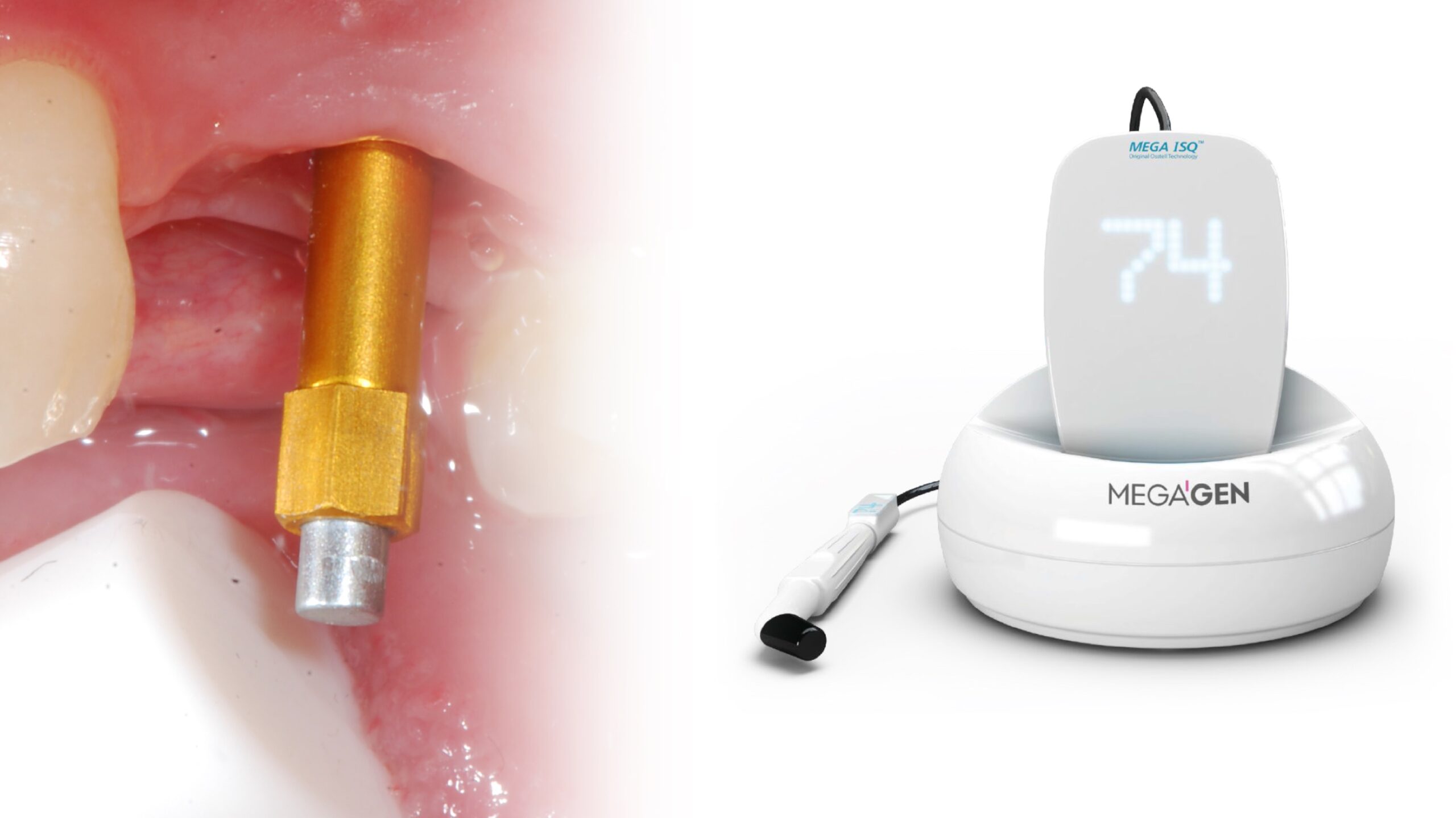Dental implantology has significantly evolved over the past decades, and one of the most important advancements is the use of ISQ (Implant Stability Quotient). This parameter has revolutionized how dental professionals evaluate and ensure the stability of dental implants. In this blog, we will explore in detail what ISQ is, how it is used in implantology, and why it is essential for optimizing and ensuring the safety of dental implants.
What is ISQ?
ISQ, or Implant Stability Quotient, is a measure that allows the evaluation of a dental implant’s stability in the bone. It is obtained through a device called Osstell, which uses Resonance Frequency Analysis (RFA) technology to measure the resonance frequency of the implant. ISQ values range from 1 to 100, with higher values indicating greater implant stability.
Importance of ISQ in Implantology
The use of ISQ in implantology is crucial for several reasons:
- Evaluation of Initial Stability: Determines the stability of the implant at the time of placement, which is essential for deciding if the implant can receive immediate loading.
- Continuous Monitoring: Allows the tracking of implant stability over time, ensuring that it is correctly integrating with the bone.
- Failure Prevention: Detects potential stability issues before they become implant failures, allowing for early interventions.
- Treatment Optimization: Helps to personalize loading and treatment times based on implant stability.
How is ISQ Used in Implantology?
The process of measuring ISQ is simple and non-invasive. Below are the main steps:
- Implant Placement: After inserting the dental implant into the bone, a SmartPeg is placed on the implant. This component is specific to each implant system.
- Measurement with Osstell: The Osstell device is used to measure the resonance frequency of the SmartPeg. The device emits magnetic waves and measures the resonance of the implant, providing an ISQ value.
- Interpreting Results: ISQ values are interpreted to assess the implant’s stability. Values above 70 indicate high stability, while lower values may require additional monitoring or specific interventions.
- Regular Monitoring: Measurements can be repeated in subsequent consultations to ensure that the implant’s stability is maintained or improved over time.
Benefits of Using ISQ for Patients and Professionals
The use of ISQ in implantology offers numerous benefits for both patients and dental professionals:
- Safety and Confidence: Patients can be assured that their implants are being precisely monitored, reducing the risk of complications.
- Optimal Results: Professionals can adjust treatment plans based on implant stability, ensuring more predictable and successful outcomes.
- Immediate Loading: In suitable cases, ISQ measurement allows for the immediate loading of the implant, reducing waiting times and improving patient satisfaction.
ISQ is an invaluable tool in modern implantology. Its ability to measure and monitor the stability of a dental implant significantly improves treatment outcomes, ensuring a higher success rate and patient satisfaction. If you are a dental professional, integrating the use of ISQ into your implantology procedures can make a significant difference in the quality of your practice and the confidence of your patients.

